Moon Phases: Understanding the Moon’s Cycle
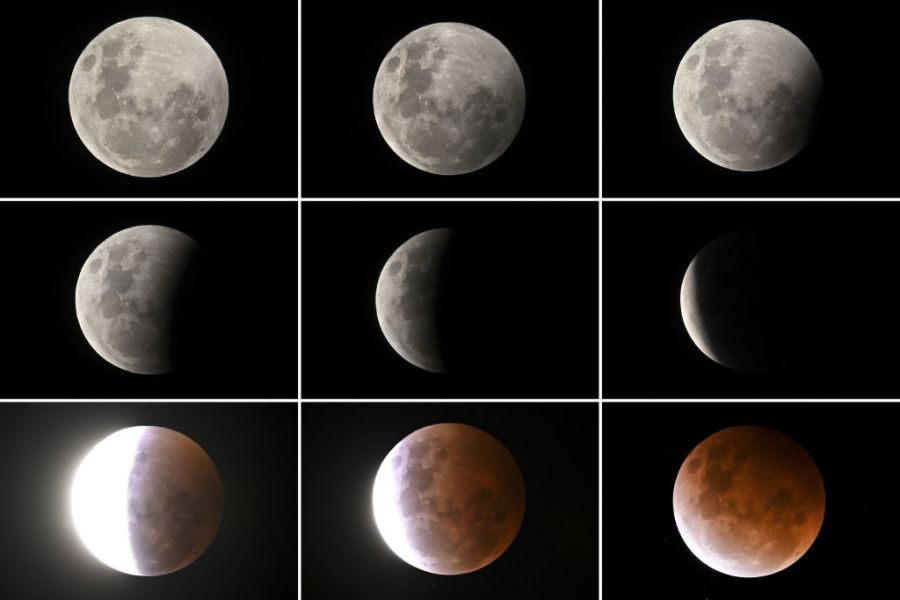
Most people observe the Earth’s moon on a regular basis, so when it shows up in the night sky looking a bit different — like during a Harvest Moon or Blood Moon — it’s something worth talking about. Have you ever wondered why the Moon looks full at times and, at others, appears to be a crescent shape?
Although those are two of the most common ways the Moon is depicted, there are more Moon phases than you might realize. So, what, exactly, causes these phases? Let’s take a closer look at the Moon, so that, next time, you’ll have a deeper understanding of its unique appearance.
How the Moon Rotates
As you likely know, the planets in our solar system revolve around the sun, while moons orbit around individual planets. Unlike Jupiter, which has 79 moons, the Earth only has one, which makes a full orbit around the Earth every 27.322 days. Moreover, it takes the Moon approximately 27 days to rotate once on its axis.
While Earth rotates on its axis every 24 hours, it takes the Moon 27 days to rotate. So, if you were standing on the Moon’s surface, one day would equate to 27 days on Earth. Because the Moon’s rotation takes 27 days to complete, it doesn’t appear to be spinning to us here on Earth. However, the Moon does rotate, and it has a day side and a night side, just like Earth.
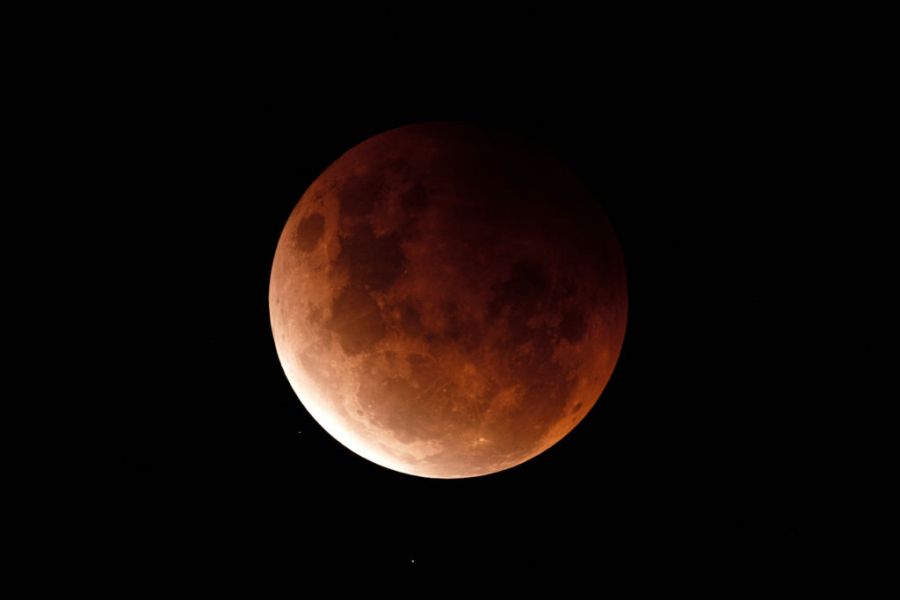
The day side (or near side) is the side of the Moon facing Earth. The night side (or far side) is the opposite side of the Moon. Many people think it is the “dark side” of the Moon and that it’s never illuminated by sunlight, but that’s not correct. In fact, the far side of the Moon is bathed in sunlight during one of its phases.
Since the Moon is constantly rotating, a portion of it is always illuminated by the sun. How much of it is illuminated, however, is determined by where the Moon is in its orbit; this, of course, correlates with the Moon’s phases. Scientists track the phases and record the precise dates in a Moon phases calendar.
New Moon
You don’t notice the new moon phase because it’s the Moon’s invisible phase. While most people think the far side of the Moon never receives sunlight, it is illuminated when the Moon is between the Earth and the sun. The illuminated side faces the sun while the night side faces Earth.
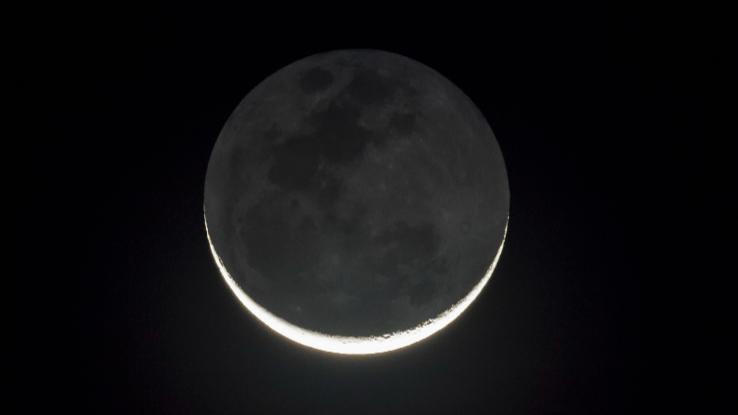
During a new moon phase, the Moon is in the same area of the sky as the sun, and it rises and sets with the sun. This is the first phase for the Moon during its monthly orbit around Earth. Even if you don’t see the Moon in the night sky, it’s still there. The other side is just enjoying sunlight for a change.
Waxing Crescent
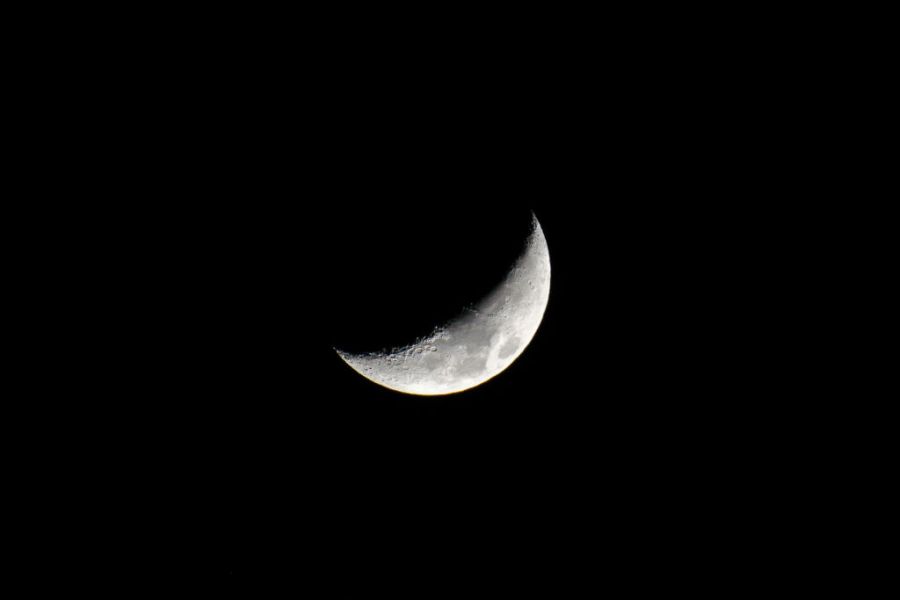
During the waxing crescent phase, only a small sliver of the Moon is visible from Earth. The illuminated half of the Moon is facing mostly away from Earth. Only a small portion on the right side is visible. This crescent of light will grow daily as the Moon continues its orbit, carrying its dayside farther into view from Earth.
First Quarter
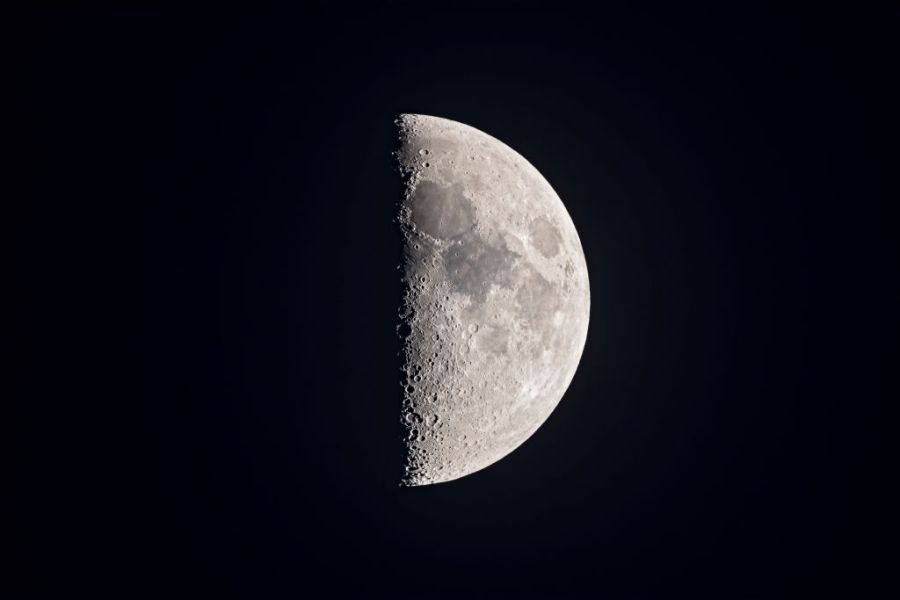
In the first quarter phase, the Moon is now a quarter of the way through its monthly orbit around Earth. The right half of the Moon’s near side is illuminated, causing observers to refer to this phase as a “half-moon.” The first quarter moon rises around noon and sets around midnight. It is high in the sky and an excellent phase for viewing from Earth.
Waxing Gibbous
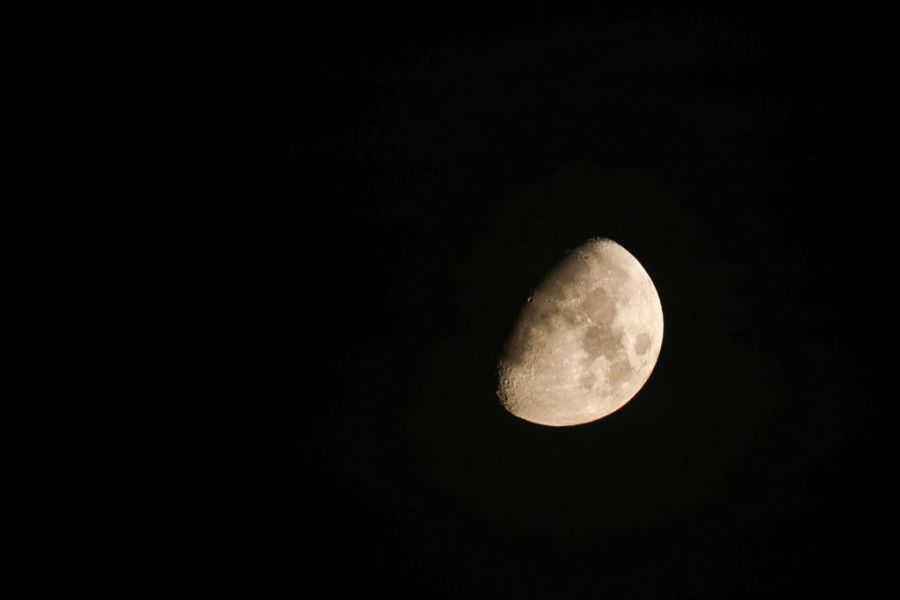
After the first quarter phase, the Moon becomes fuller during the waxing gibbous phase. Most of the near side is in the view from Earth, appearing brighter in the sky. The illumination is brighter, and the Moon seems to be growing larger. This phase is between the first quarter phase and a full moon.
Full Moon
Everyone can recognize a full moon. This is when the Moon’s near side is fully illuminated by the sun. The Moon is opposite the sun, as viewed from Earth — and the Earth, Moon, and sun are in approximate alignment with each other. The sunlight illuminating the near side of the Moon faces Earth, allowing observers the perfect view of the moonlight. The shadowed, far side of the Moon is hidden from observation on Earth.
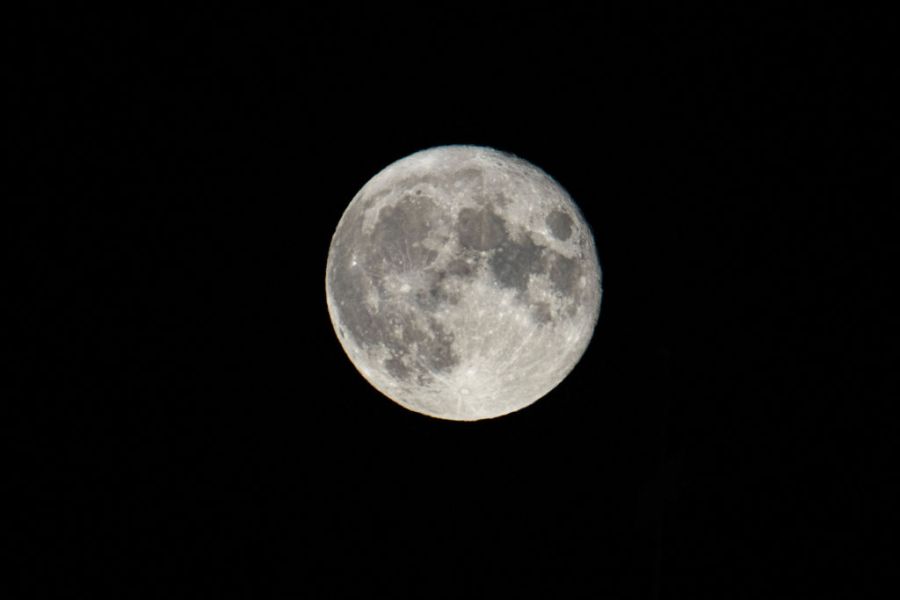
A full moon rises around sunset, and it sets around sunrise. The Moon appears full for a few days, providing breathtaking views for observers. Then, it eventually begins to shade, transitioning to a waning gibbous phase.
Waning Gibbous
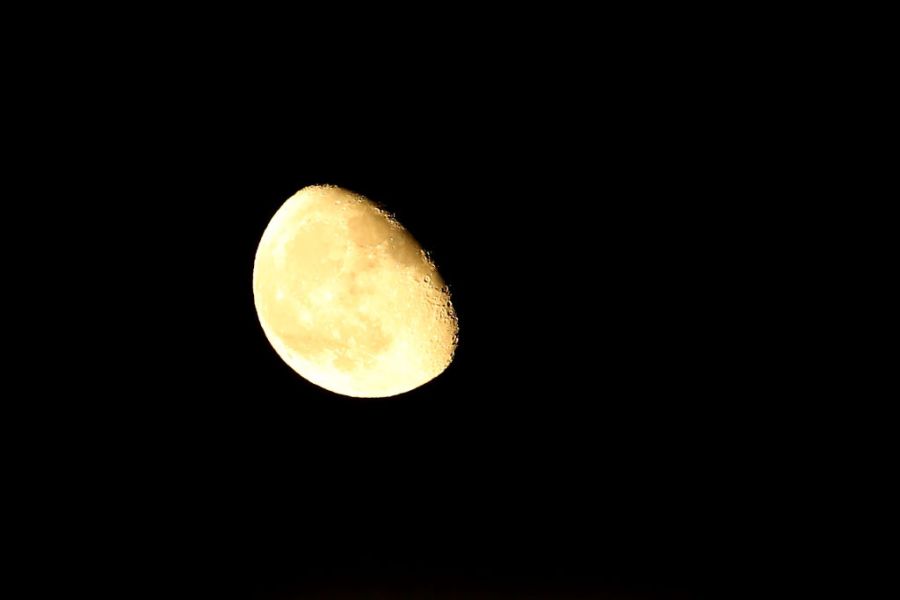
During the waning gibbous phase, the Moon’s illuminated near side begins to shrink as the Moon makes its journey back to the sun. The opposite side of the Moon is now reflecting the Moon’s light. The illuminated side seems to be shrinking. However, the Moon’s orbit is carrying the near side out of view from observers on Earth. During this phase, the Moon rises later in the evening.
Last Quarter
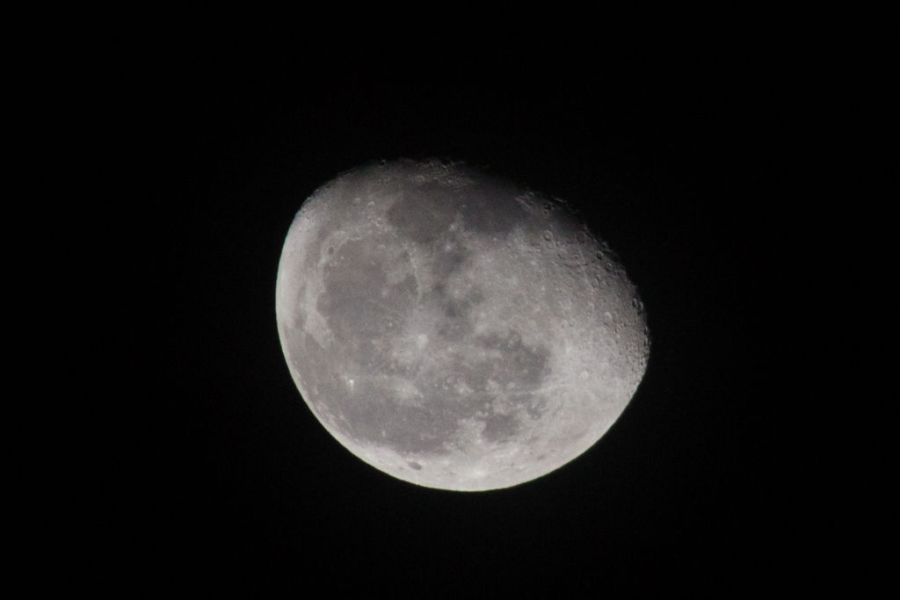
Similar to the first quarter phase, during the last quarter phase, the Moon appears to be half-illuminated. The left side of the Moon’s near side is illuminated, once again causing observers to consider this to be a “half-moon.” The last quarter moon rises around midnight and sets around noontime.
Waning Crescent
Reaching the end of its orbit around Earth, the Moon has a final phase, known as a waning crescent. At this stage, the Moon’s near side directly faces the sun. The illumination shrinks even more, appearing as a sliver of light on the left side of the Moon. From observers’ perspectives on Earth, the Moon looks like a thin curve.
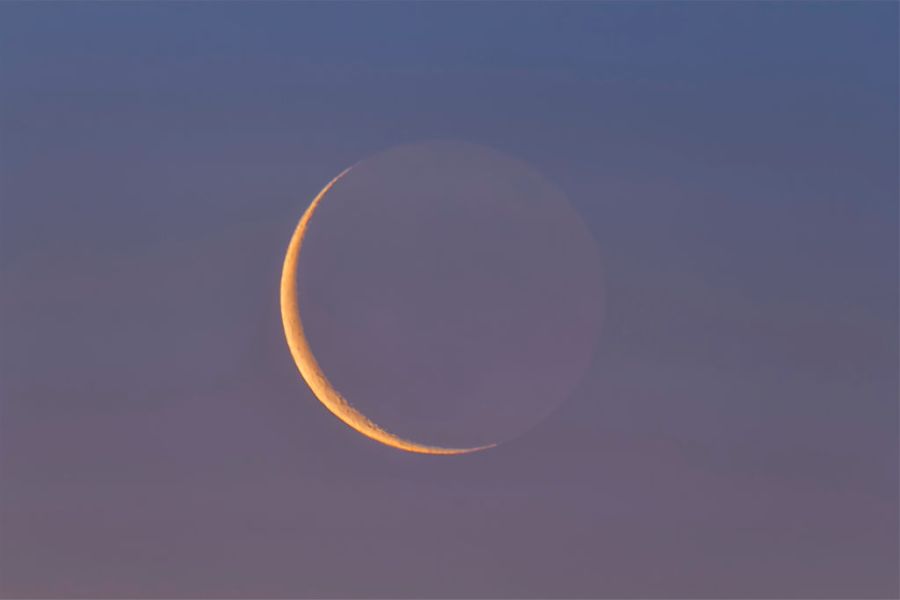
After this phase, the Moon returns to the new moon phase, starting all over with its monthly orbit around Earth. The cycle begins again. The next time you are outdoors, pay attention to the Moon. Notice how much illumination you can see. Is the moonlight waxing or waning? Observe these changes so that you can identify them the next time you notice the Moon shining in the night sky.





